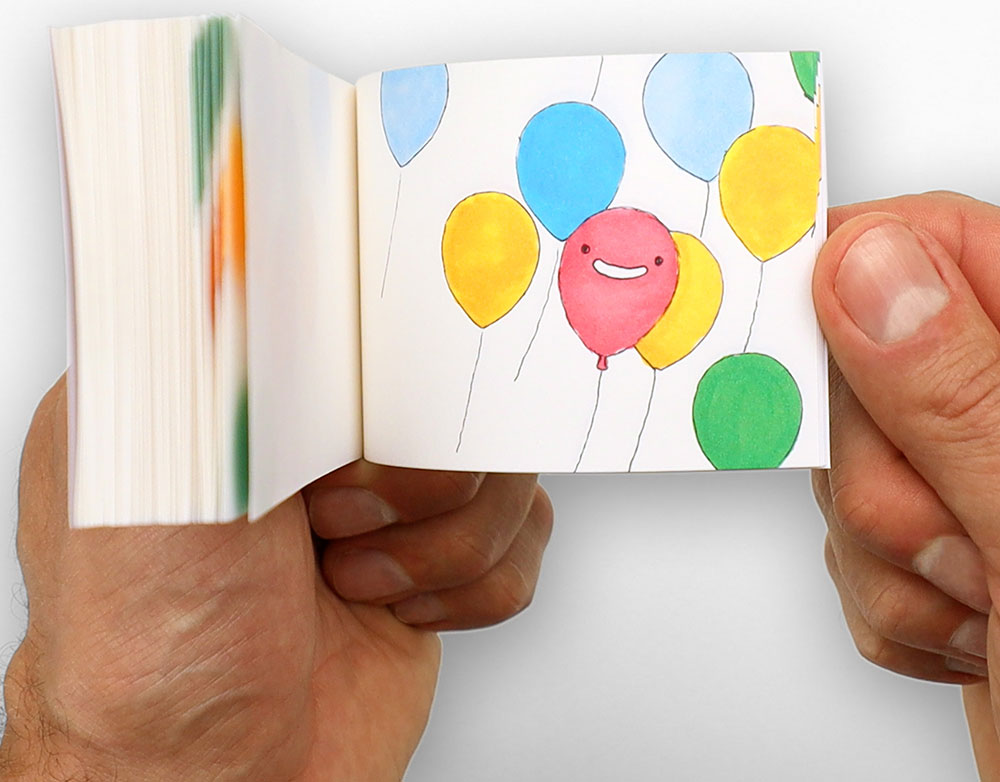

However, in some cases, good cinematography and direction can make up for it. It is unfortunate that most of today's animation. This is why I picked Retas, I had heard it is what they use for a lot of traditional today. So although Kill la Kill is extremely exciting to watch, usually only a handful of scenes have any real work done on them, most of it is sliding, reuse and holds. JetT wrote:I highly recommend studying animation old school or at least with software that is closest to old school as possible, you want to nail the fundamental principles down, which sad to say you don't often see in mainstream Japanese (or American these days) animation. If I were in your position, I'd follow those videos with the DigiCel FlipBook Demo or if you can hold down your lunch long enough to reach the checkout page, you can buy Autodesk (blurgh) Sketchbook Pro which I imagine is what TVPaint Debut would look like, but test the free version first, it can be a flaky software for some.
#Digicel flipbook 6 copy past frame full
Japanese animation often looks extremely polished, but check under the hood once in awhile.Īaron Blaise ( of Brother Bear) sells a pretty good Full Animation Course that can teach you all the above ( in TVPaint no less) and CartoonBrew is running a discount on it at the moment. Learn to animate like this and what software you pickup won't matter. So although Kill la Kill is extremely exciting to watch, usually only a handful of scenes have any real work done on them, most of it is sliding, reuse and holds.Įverything is there, anticipation, secondary animation, follow through animation, appeal, squash and so on.

I highly recommend studying animation old school or at least with software that is closest to old school as possible, you want to nail the fundamental principles down, which sad to say you don't often see in mainstream Japanese (or American these days) animation.
#Digicel flipbook 6 copy past frame manual
You can read the Fusion User Manual Here for system requirements.


 0 kommentar(er)
0 kommentar(er)
